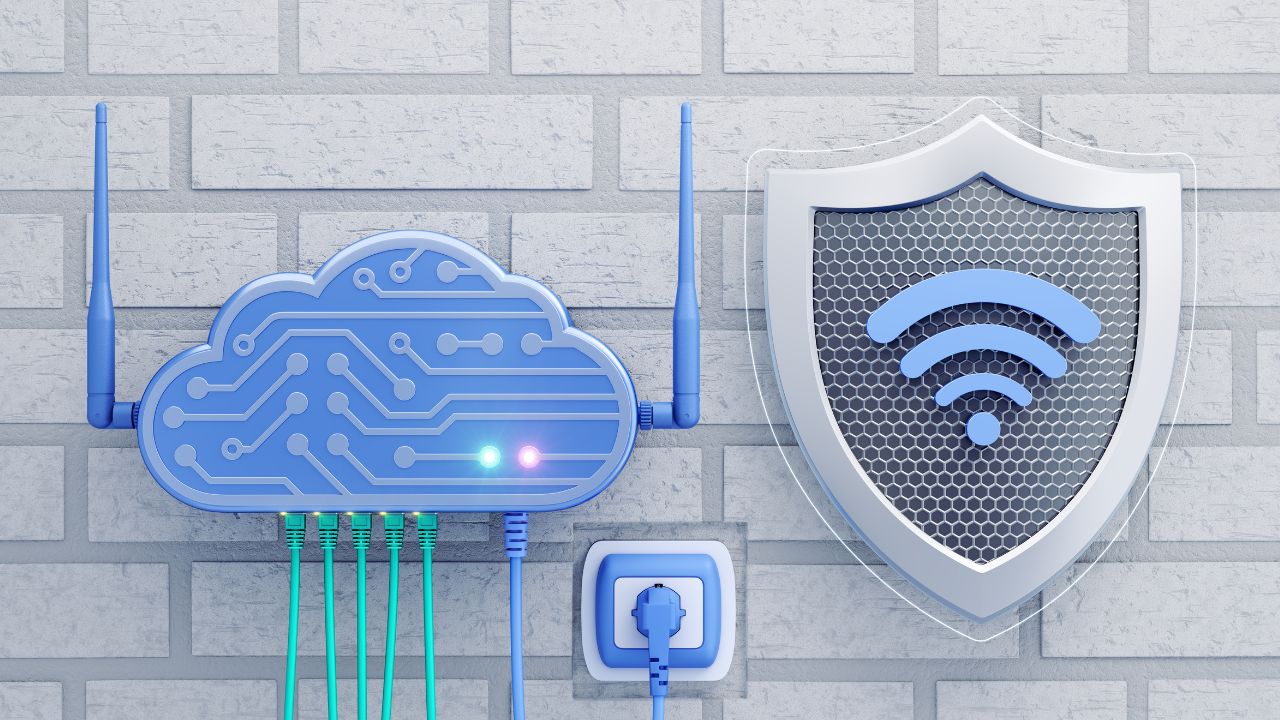In this article, we learn about the evolution of Wi-Fi technology, highlighting key milestones and envisioning the future of wireless connectivity.
Understand the wi-fi technology

Wi-Fi technology connecting devices wirelessly to the internet, has undergone a remarkable evolution since its inception. From the early days of 802.11 standards to the current generation of Wi-Fi 6, the technology has continuously advanced to meet the growing demands for faster speeds, increased capacity, and improved efficiency.
Early Wi-Fi Standards (802.11a/b/g)
1. 802.11a (1999): The first standard in the 802.11 family, 802.11a, operated in the 5 GHz frequency band and offered data rates up to 54 Mbps. Although not as widely adopted as later standards, 802.11a set the stage for advancements in Wi-Fi technology.
2. 802.11b (1999): Operating in the 2.4 GHz band, 802.11b introduced a more accessible and cost-effective Wi-Fi option. With data rates of up to 11 Mbps, this standard gained widespread popularity and laid the groundwork for the proliferation of Wi-Fi in homes and businesses.
3. 802.11g (2003): Combining the best features of 802.11a and 802.11b, Wi-Fi 802.11g supported data rates up to 54 Mbps in the 2.4 GHz band. This standard provided backward compatibility with 802.11b devices and became the dominant choice for several years.
High-Speed Wi-Fi (802.11n/ac)
1. 802.11n (2009): Wi-Fi 802.11n marked a significant leap in performance, introducing multiple-input and multiple-output (MIMO) technology. Operating in both 2.4 GHz and 5 GHz bands, it offered higher data rates, improved coverage, and better reliability, making it suitable for multimedia streaming and gaming.
2. 802.11ac (2013): Wi-Fi 802.11ac, also known as Wi-Fi 5, brought gigabit speeds to wireless networks. Operating exclusively in the 5 GHz band, it introduced wider channels, advanced modulation schemes, and beamforming technologies for enhanced performance. 802.11ac became the standard for high-performance Wi-Fi in homes and businesses.
Wi-Fi 6 (802.11ax):

1. 802.11ax (2019): Wi-Fi 6, based on the 802.11ax standard, represents the latest evolution in Wi-Fi technology. It introduces several key features to address the challenges of modern connectivity, including orthogonal frequency-division multiple access (OFDMA) for improved efficiency in high-density environments, target wake time (TWT) to enhance power efficiency for connected devices, and uplink and downlink resource scheduling for better overall performance.
2. Benefits of Wi-Fi 6: Wi-Fi 6 brings a range of benefits, including faster speeds, increased capacity, and better performance in crowded areas. It is designed to handle the growing number of connected devices in homes, businesses, and public spaces, providing a more reliable and efficient wireless experience.
Future of Wi-Fi
1. Wi-Fi 6E and 7: The evolution of Wi-Fi is set to continue with the introduction of Wi-Fi 6E, which extends into the 6 GHz frequency band, offering an additional spectrum for enhanced performance. Looking ahead, Wi-Fi 7 is on the horizon, expected to bring further improvements in speed, capacity, and efficiency to meet the demands of emerging technologies and applications.
2. Integration with 5G: The convergence of Wi-Fi and 5G technologies is anticipated to play a crucial role in delivering seamless connectivity experiences. This integration aims to provide users with a unified and consistent wireless experience across different networks, ensuring optimal performance and reliability.
3. Enhanced Security Measures: As connectivity evolves, so do security challenges. Future Wi-Fi standards are likely to incorporate advanced encryption protocols and authentication mechanisms to address emerging cybersecurity threats and safeguard user data.
The evolution of Wi-Fi technology, from its modest beginnings with 802.11a/b/g to the high-speed capabilities of 802.11n/ac and the efficiency improvements of Wi-Fi 6, reflects a continuous effort to meet the ever-growing demands of a connected world. As we look to the future with Wi-Fi 6E, Wi-Fi 7, and integration with 5G, the landscape of wireless connectivity is poised to undergo further transformations, ushering in an era of faster, more reliable, and more efficient wireless communication. Wi-Fi’s journey from its early days to the cutting-edge standards of today exemplifies its central role in shaping the digital experiences of individuals and businesses worldwide.



